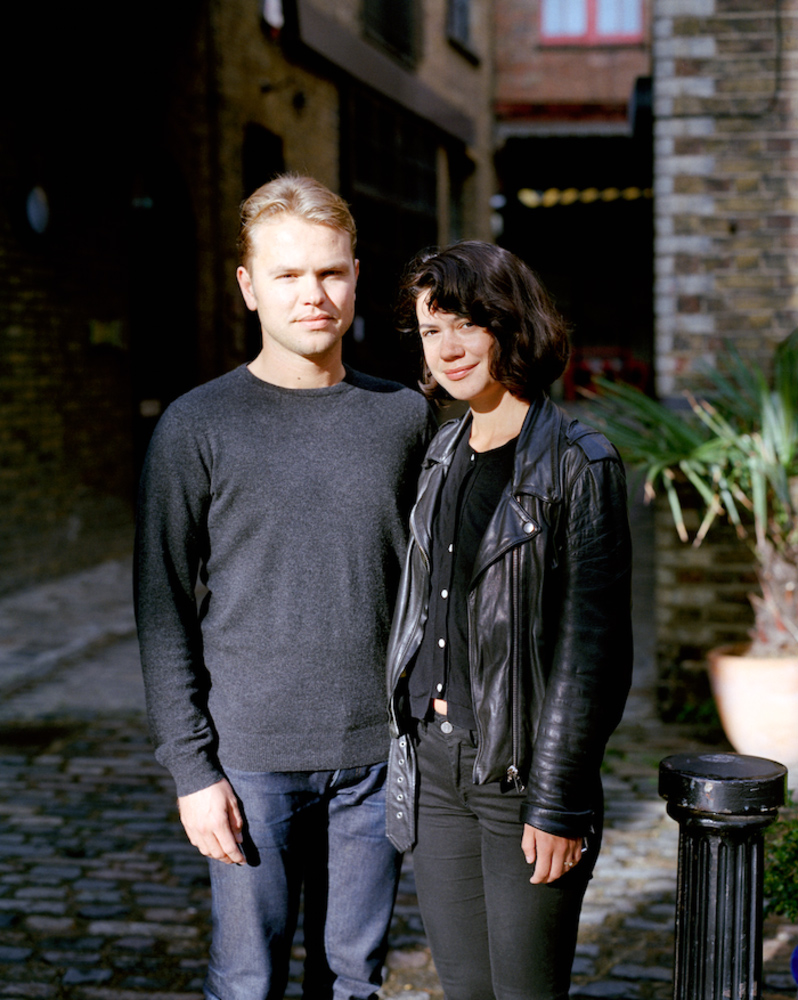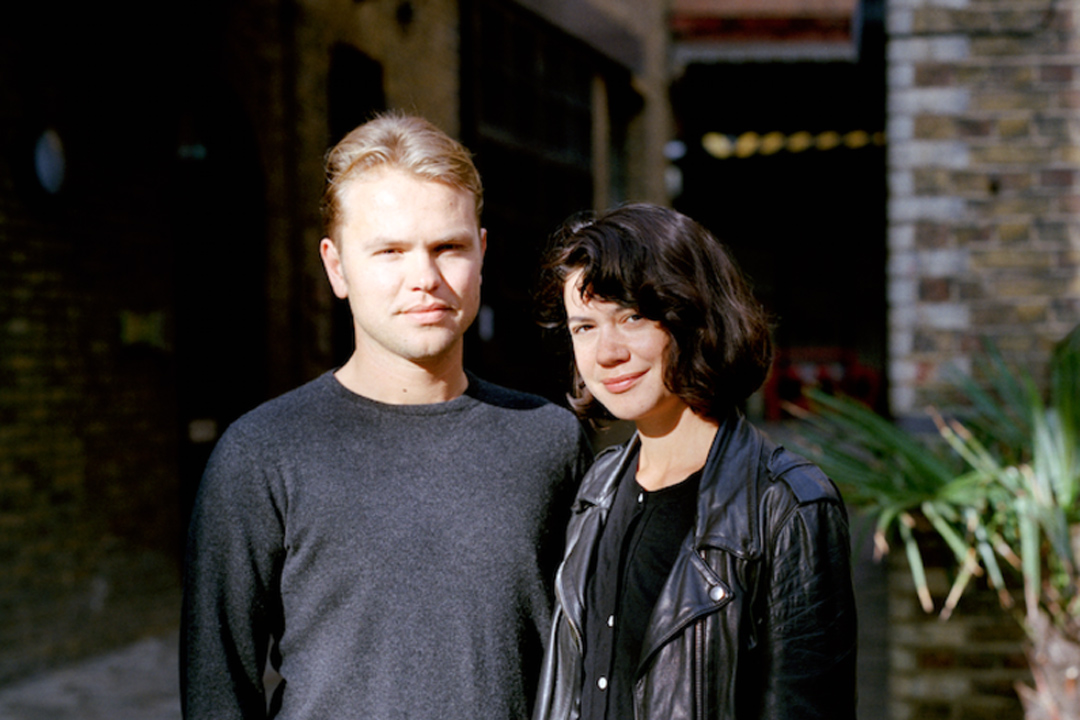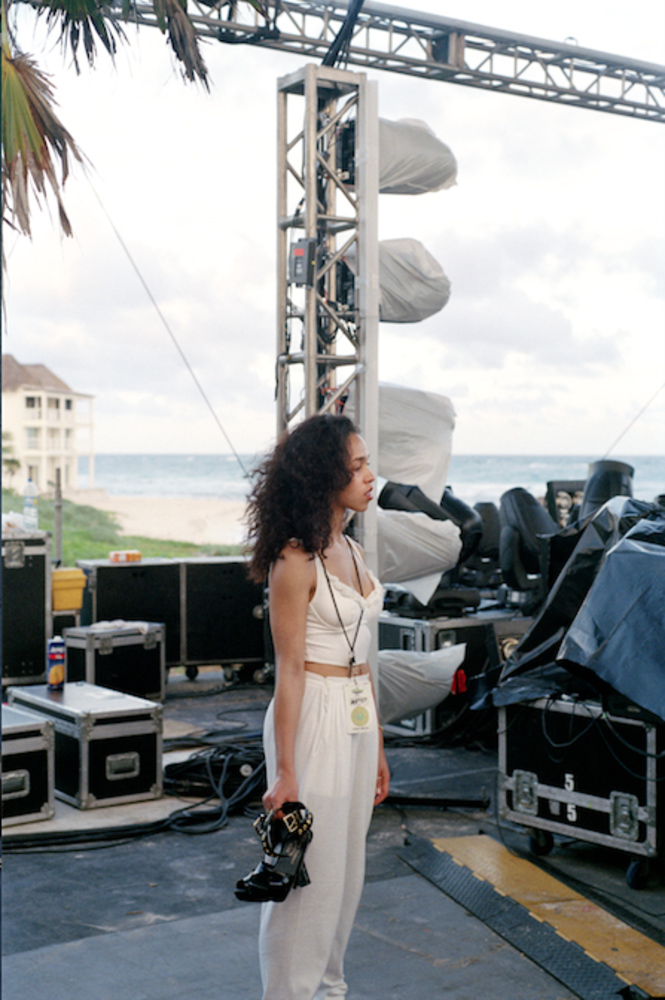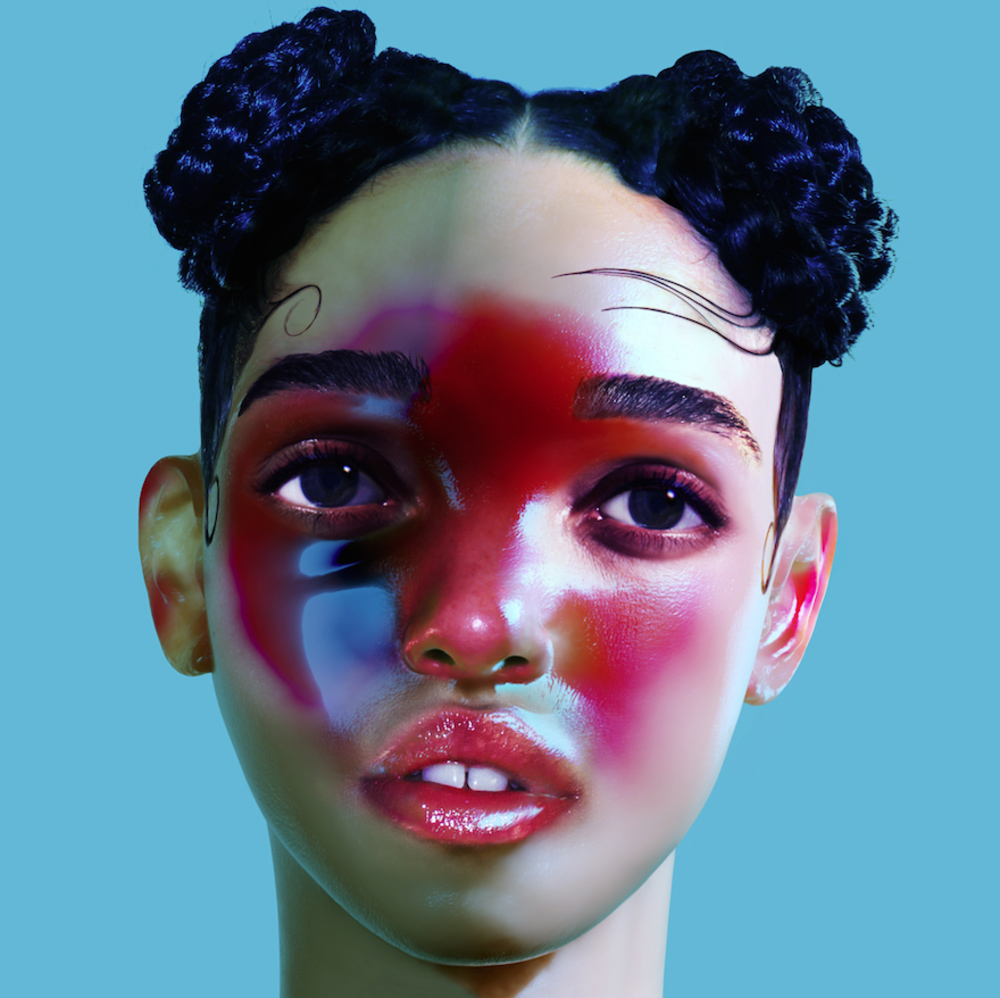

Originally printed in Protein Journal Issue #14
Young Turks was haphazardly launched back in 2005 as a club night and singles label, run by Caius Pawson. The old flyers are still on the website. On one night, The Maccabees, now selling out arenas, supported a band called Chicano. On another, Laura Marling, Florence + the Machine and Adele, now one of the best-selling artists of the 21st century, are at the bottom of a bill, below a singer called Laura Groves. Suffice it to say, Young Turks have an eye for spotting talent early.
This ability to discover the undiscovered has taken Young Turks a long way from promoting nights in sweaty clubs. After a few months operating from his bedroom, Pawson moved into the XL Recordings offices in West London and Young Turks became an official subsidiary of the label. It grew quickly and had to move from its parent label’s home and into a townhouse on Shoreditch High Street. Eventually even that space became too small, and there’s now a second base in Hackney.
Young Turks’ early releases were singles by London indie artists such as Jack Peñate and Kid Harpoon, but ambitions were raised with the release of Holy Fuck’s debut LP, a small release by a band whose name you couldn’t say on the radio, that ended up with a Mercury nomination. But it was the next signing, four introverted, awkward teenagers from South London, that would transform the label. At early shows, The xx were shy to the point of discourtesy, staying as far back on the stage as they could, with black fringes pointing down at their feet, but there was something about them – the fragility of their interactions and the precision of their songs – that made them compelling.
“They were making something so radically different from their peers that you could tell that under this profound shyness was a burning ambition to express themselves,” says Molly Hawkins, the label’s creative director “Working with them became really rewarding because they’re always willing to challenge that social anxiety and force themselves to be in situations where they’re going to have to directly confront that.”

Young Turks was always intended as a creative brand, wanting to go beyond traditional, bog-standard record releases. Its gigs were never just beery affairs at a Carling Academy, over by 11pm, but carefully curated club nights in unusual venues. Working with a band like The xx, whose vulnerability and clean aesthetic required a radically different approach, pushed the label further into unknown territory. Young Turks had to work out how to take a band that was so personal and confessional and bring them to a mass audience, and as a result created immersive music experiences that no one else was doing.
Hawkins first directed installations-cum-gigs for The xx at the Manchester International Festival (with an audience of 60) and then in the cavernous Park Avenue Armory in New York, attended by 45 people. Fabric walls, lit up with projections to make them appear solid, boxed in the crowd around the performers. It forced the audience to share in the band’s awkwardness – the closeness and silence of the group’s records and whispers into eight-track recorders were brought alive by close proximity. Then, at a climatic point in the music, the intimacy was alleviated by removing the walls, enlarging the performance into a full-scale live showcase. Enhancing music through experience became crucial for Young Turks. Following the success of The xx, the label was able to sign a string of dark, mature artists who brought a melodic sensibility to the weirder vestiges of electronica and UK bass music: SBTRKT, Creep, Koreless and most recently FKA Twigs.
All these artists have played a crucial role in the evolution of British underground music, bringing a visual identity and strong voice to the many micro scenes that influenced them. With each artist, Young Turks have helped facilitate a bespoke and artist-led creative campaign that has meant music releases are just one part of an artist’s development. The label helped FKA Twigs realise her vision through high-concept videos and live shows, bringing her together with innovative video directors like Nabil and Jesse Kanda. Koreless asked to perform without being seen, and so a lorry was parked at the back of a festival in Miami and filled with smoke. People would come in, 10 at a time, and Koreless would control the lights. “These stoned people would queue up at 3am and he’d freak them out, but it was totally all-encompassing, it worked really well.”

FKA Twigs has been on tonnes of magazine covers and the Radio 1 A-list, but she's still making really challenging music Not only are projects like this artistically exciting but they respond to the reality that most young people don’t pay for music and that most trendy young people are a little reticent even about paying for live shows unless the know they’re getting bang for their buck. By placing the likes of Twigs and Koreless in these unusual and stimulating spaces, Young Turks are providing something the music industry has been struggling with for over a decade: value – the feeling that something is worth parting with cash for.
This approach was key to the label’s work with The xx, even when the group’s popularity made intimacy more difficult. Instead of a world tour, the band staged a series of one-day festivals, called Night and Day, in Lisbon, Berlin and London. “Again that came from the band, because they were getting to the size where they had to make a choice about which big venue they were going to play,” says Hawkins. “They could have done Alexandra Palace or O2, but we wanted to look at how we could give the fans more of an experience.” For each festival, the band curated the music, choosing guests artists, and even selected the food. “It was definitely about engaging with the band and creating an atmosphere where they could showcase their favourite artists.”
At a time when the Mercury shortlist is repeatedly criticised for being too safe, and BBC Radio 1’s George Ergatoudis, one of the most influential figures in global pop music, has claimed the album is dead, Young Turks are one of the few labels looking to the future, trying to imagine what it means to makes music in a multiplatform age. Why should an artist be tied to the strained format of a 12-track record you can buy at HMV? In Young Turks’ view, music can be anything from a high-art installation to a series of limited-edition 12” singles to a New Year’s Eve party in Mexico (which is exactly where the label saw in the new year, with all its artists performing on the beach in Tulum).

Hawkins have also started an in-house creative consultancy providing advice to artists who aren’t signed to the label, as well as to festivals and other brands; major labels are looking to the consultancy to find out how to get people excited about their artists, and Young Turks are happy to spread their ethics and aesthetics.
Perhaps the main reason why the rest of the industry has got an eye on Hawkins’ creative vision is that Young Turks have had continued commercial success. The label tends to sign weird, leftfield artists who have dark and deformed takes on traditional pop music. And then, without ever demanding commercial viability from their artists, it still manages to keep having hits. The xx has had two globally successful records, SBTRKT spent the summer headlining stages at festivals and Jamie xx (from The xx) is now one of the most in-demand producers in the world.
“FKA Twigs is another good example. Her face is plastered all over town and she’s been on tonnes of magazine covers and the Radio 1 A-list, but she’s still making really challenging music. She spent two years putting out two EPs, working on the live show and the image and just getting ready. By investing herself in this project, it’s paid off.”
Young Turks have been able to beat the drag towards the middle of the road by moving beyond the old institutions of albums and mainstream radio and finding ways to engage with fans through festivals, installations and quick-turnaround releases. But it’s also spent within its means: rather than betting millions of pounds on unknown artists on the off-chance they may become globally successful, the label has found ways for each artist to flourish at the level they’re at, allowing for growth and not going all in for overnight success. “We never thought that The xx’s first record had loads of commercial viability, so if we’d given them a huge advance we think they would have felt pressure to make a hit. Instead, they made exactly the record they wanted to make and it was a huge success.”
Since Young Turks started almost 10 years ago, pop music has become more safe and backward looking. New progressive artists with middle-sized fanbases have struggled because their internet-savvy young fans are the least likely to purchase albums. Mostly, we’ve seen the rise of mega-artists who appeal to the whole family. In 2013, the top five best-selling albums in the UK were by Olly Murs, One Direction, Emeli Sandé, Robbie Williams and Michael Bublé. The singles charts have become filled with faceless personality-free producers like Sigma and Robin Schulz who make by-numbers number ones. But instead of whingeing about it, or trying tacky ploys to get people to part with their cash, Young Turks have found a way to buck the trend, by investing time and ideas in artists with vision and ensuring seemingly big risks pay off every time.
http://theyoungturks.co.uk/



Discussion